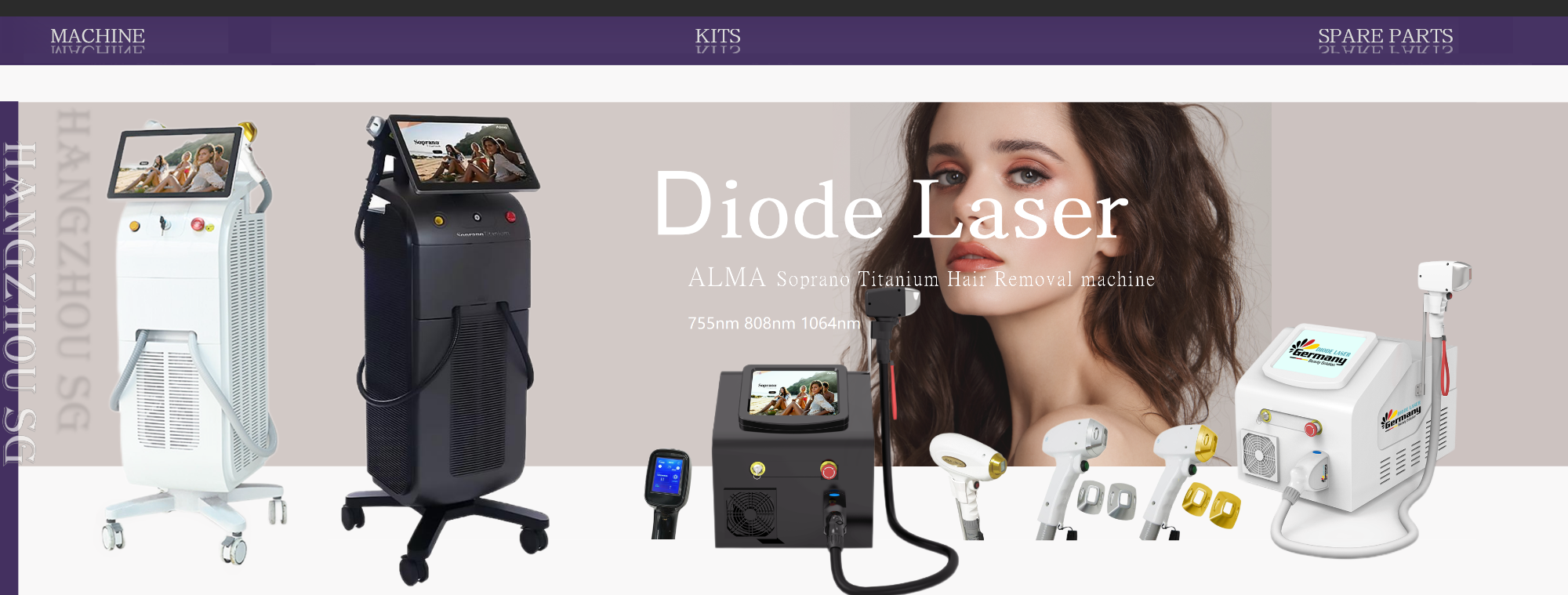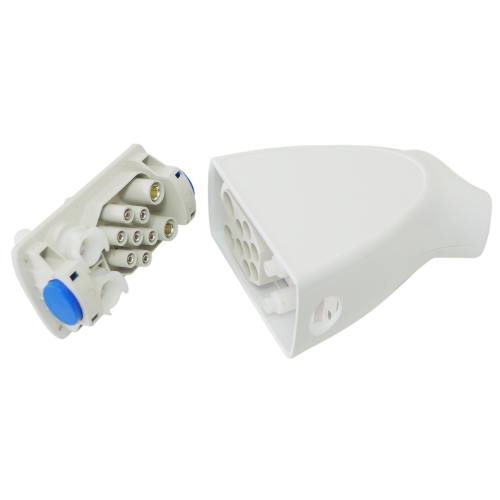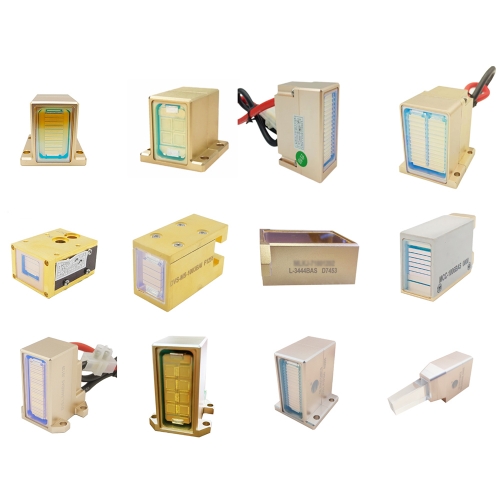Your position: Home / 1. Diode laser
Specifications
IPL
IPL stands for “intense pulsed light”. Although IPL is not technically a laser, it is frequently used in aesthetics to remove unwanted hair. This device uses an intense, visible, broad-spectrum pulse or flash of light. IPL, like a laser, targets melanin in the hair to cause destruction to the follicle. IPL shares some similarities with laser treatments in that they both use light to heat to damage their targets. Good candidates for IPL hair removal have pale skin and dark hair. IPL is not safe on tan skin because it uses broad spectrum light which targets all types of structures in the skin, unlike laser which is ultra-focused on concentrating heat in the follicles. IPL also has a slow coverage rate and a bulky handpiece, so it is rarely used for hair removal. However, it remains a popular and effective device for removal of brown spots and facial redness.Pros: Very common device found in almost every dermatology office. Removes freckles and brown spots. Inexpensive.
Cons: Does not use a laser beam and heat can damage other structures in the skin besides the hair follicle. Cannot be used on anyone tan or darker. Bulky handpiece with patchy results.
Alexandrite (755 nm)
The Alexandrite laser hair removal system is the most frequently used laser on the market because it is so quick and extremely effective. Alexandrite (“Alex” for short) can provide quick treatments on large body surface areas due to fast laser pulse repetition rates and larger treatment spot sizes. The Alex is most effective and safest on patients with light to olive-colored skin because of how well the laser targets brown pigment. The pulses of the laser are rapid, which may create slightly more discomfort for the patient but it is still very popular because treatment times are much quicker. Newer Alexandrite devices have built in cooling systems to reduce discomfort and improve the patient experience. Unfortunately, due to the strength of the laser against brown colors, the Alexandrite laser cannot be used on dark skin tones because it will cause burns, dyspigmentation, and scarring.Pros: Ultra-efficient at removing hair. Rapid repitition rate with quick treatment times. Painless.
Cons: Latest technology means more expensive.
Diode (808/810 nm)
The FDA (Food and Drug Administration) has approved two wavelengths that may be used for laser hair reduction on darker skin tones including the diode (810 nm) and Nd: YAG (1064 nm) laser systems. The Diode laser is a newer laser hair removal system meaning there is less research available to show long-term safety and effectiveness. The Diode produces wavelengths that penetrate deep into the hair follicle. Deep laser penetration is safer on darker skin types because the energy produced by the laser is not able to concentrate where pigment resides in the skin.Nd: YAG Laser (1064 nm)
The longer wavelength Nd:YAG (Neodymium-doped Yttrium Aluminum Garnet) laser is the newest form of laser hair removal and is considered ideal gold standard for treating patients with darker skin, due to reduced scatter and deeper penetration of the laser light. Nd: Yag lasers produce wavelengths that penetrate deep into the hair follicle. YAG laser penetration is safer on darker skin types because the energy produced by the laser is not able to concentrate where pigment resides in the skin. Also, shorter pulse durations can be used more safely with Nd: YAG laser than with the diode. This is an additional advantage when dealing with hair that is more fine. Shorter pulse durations allow for quick treatments on large areas of the body.Pros: The safest laser for hair removal, ever. Rapid repitition rate with quick treatment times. The dermatology community agrees this is the best, safest laser for all patients with tan or darker skin.
Cons: Latest technology means more expensive.
 USD
USD EUR
EUR CNY
CNY




